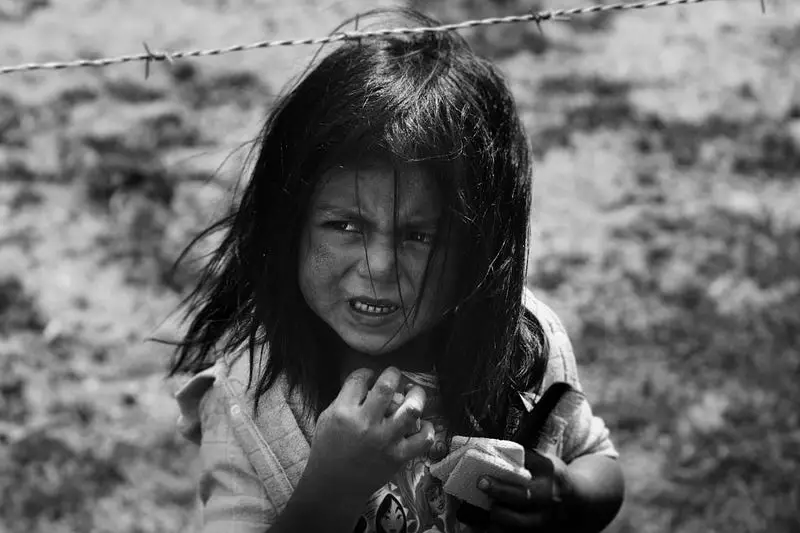 ooks have the power to transport us to different worlds, challenge our perspectives, and ignite our imagination. However, throughout history, certain books have faced bans and challenges, deemed controversial, offensive, or subversive. In this article, we delve into the list of banned books and explore the reasons behind their censorship, shedding light on the societal, political, and cultural contexts that have led to their suppression.
ooks have the power to transport us to different worlds, challenge our perspectives, and ignite our imagination. However, throughout history, certain books have faced bans and challenges, deemed controversial, offensive, or subversive. In this article, we delve into the list of banned books and explore the reasons behind their censorship, shedding light on the societal, political, and cultural contexts that have led to their suppression.
I. “1984” by George Orwell: Challenging Totalitarianism
“1984” is a dystopian novel that depicts a society under the control of a totalitarian regime. Its themes of censorship, surveillance, and government oppression have led to bans and challenges in various countries. Authorities often fear that the novel’s powerful critique of authoritarianism and its portrayal of the dangers of unchecked power may provoke dissent and challenge existing regimes.
II. “To Kill a Mockingbird” by Harper Lee: Confronting Racial Inequality
Harper Lee’s masterpiece, “To Kill a Mockingbird,” addresses racial injustice and inequality in the American South. The novel’s unflinching examination of racism and its impact on society has made it a target for censorship. Some argue that its use of racial slurs and its exploration of sensitive subjects make it inappropriate for certain readers, while others believe that it is crucial in fostering discussions about racial discrimination and promoting empathy.
III. “Brave New World” by Aldous Huxley: Questioning Conformity
“Brave New World” is a dystopian novel that envisions a future society controlled by technology and governed by strict social conditioning. The book’s exploration of themes such as individualism, free will, and the suppression of human emotions has led to bans and challenges. Some object to its depiction of sexuality and drug use, considering them inappropriate for certain readers, while others perceive it as a warning against the dangers of conformity and the erosion of personal freedoms.
IV. “The Satanic Verses” by Salman Rushdie: Cultural and Religious Sensitivities
“The Satanic Verses” ignited a firestorm of controversy upon its publication. The novel’s exploration of religion, identity, and cultural clashes led to accusations of blasphemy by some religious groups. The book was banned in several countries due to its perceived irreverence toward Islam and its depiction of Prophet Muhammad, which offended some religious sensibilities.
V. “Maus” by Art Spiegelman: Graphic Novel Confronting Holocaust
Art Spiegelman’s “Maus” is a graphic novel that tells the story of the Holocaust through anthropomorphic animal characters. Despite its critical acclaim and Pulitzer Prize win, “Maus” has faced bans and challenges for its graphic depiction of the Holocaust and its portrayal of sensitive historical events. Some argue that the medium of a graphic novel is unsuitable for such a weighty topic, while others contend that its raw and honest portrayal is necessary to understand the horrors of the Holocaust.
VI. “Lolita” by Vladimir Nabokov: Controversy and Sexual Themes
Vladimir Nabokov’s “Lolita” delves into the disturbing relationship between a middle-aged man and an underage girl. The book’s explicit and provocative themes, including pedophilia and sexual obsession, have led to bans and challenges. Critics argue that the book’s content is morally objectionable and inappropriate, while others emphasize its literary value and its exploration of complex psychological dynamics.
VII. “Catcher in the Rye” by J.D. Salinger: Rebellion and Adolescent Angst
J.D. Salinger’s “Catcher in the Rye” has been both celebrated as a classic coming-of-age novel and criticized for its explicit language and themes. The book’s protagonist, Holden Caulfield, rebels against societal norms and grapples with adolescent angst. Its depiction of rebellion and its portrayal of sensitive topics such as sexuality and mental health have led to bans and challenges in schools and libraries.
VIII. “The Color Purple” by Alice Walker: Exploring Gender and Race
Alice Walker’s “The Color Purple” is a Pulitzer Prize-winning novel that tackles themes of gender, race, and sexuality in the lives of African American women. The book’s frank depiction of sexual abuse, violence, and its exploration of lesbian relationships has led to bans and challenges. Some argue that the novel’s content is too explicit and offensive, while others praise it for its powerful exploration of the resilience and empowerment of marginalized women.
IX. “The Diary of a Young Girl” by Anne Frank: Documenting the Holocaust
“The Diary of a Young Girl” is Anne Frank’s poignant and powerful account of her life in hiding during the Holocaust. Despite its historical and educational significance, the diary has faced bans and challenges due to its frank discussions of sexuality and its portrayal of Jewish persecution. Some argue that the book’s content is too mature for young readers, while others emphasize its importance in preserving the memory of the Holocaust and promoting empathy.
X. “Animal Farm” by George Orwell: Political Allegory and Censorship
George Orwell’s “Animal Farm” is a political allegory that satirizes the Soviet Union and totalitarianism. The book has faced bans and challenges for its critical portrayal of political systems and its examination of power dynamics. Some authorities fear that the novel’s depiction of rebellion and its commentary on authoritarian regimes may inspire dissent and challenge existing power structures.
XI. “Fahrenheit 451” by Ray Bradbury: Censorship and Suppression of Knowledge
Ray Bradbury’s “Fahrenheit 451” depicts a society where books are banned and burned. The book’s exploration of censorship, the suppression of knowledge, and the importance of free thought has led to bans and challenges. Some argue that the novel’s depiction of violence and its critical commentary on societal conformity make it inappropriate for certain readers, while others praise it as a cautionary tale against the dangers of intellectual repression.
XII. “The Adventures of Huckleberry Finn” by Mark Twain: Challenging Racial Stereotypes
Mark Twain’s “The Adventures of Huckleberry Finn” has faced bans and challenges due to its use of racial slurs and its depiction of racial stereotypes. The novel’s honest portrayal of racism and its critique of societal hypocrisy have led to debates about its appropriateness in educational settings. While some argue for its historical and literary value, others view it as offensive and racially insensitive.
XIII. “The Harry Potter series” by J.K. Rowling: Magic and Religious Concerns
J.K. Rowling’s “Harry Potter” series has faced bans and challenges in various regions due to religious concerns and accusations of promoting witchcraft and the occult. Some religious groups view the books as conflicting with their beliefs and worry about their potential influence on young readers. However, many argue that the series promotes themes of friendship, bravery, and the power of love, transcending its magical setting.
The list of banned books highlights the complex and often contentious relationship between literature and society. While some bans and challenges arise from concerns about explicit content or age-appropriate reading, others stem from political, religious, or cultural sensitivities. However, the controversies surrounding these books also underline the importance of intellectual freedom, open dialogue, and the exploration of diverse perspectives through literature.
Avid Writer with invaluable knowledge of Humanity!
Upcoming historian with over 30 million views online.
“You make your own life.”





